The difference between fitness pros who achieve their goals and those who don’t is simple:
It’s habits.
Developing good habits is the key to building a successful, sustainable online business—the kind that gives you the freedom to live your desired life.
We asked some of the most successful online personal trainers we know to share the habits that work for them.
Start with a mindful morning
Do you wake up worried about everything? So does Thomas Madden, of Satellite Fitness in New Jersey.
But instead of fretting, “I practice gratitude first,” he says. “I have a ton of anxiety in the morning, and the best antidote is to take the focus off myself and list out all the things that are going well, that I’m really grateful for.”
Belal Hafeez, half of The Healthy Muslims team with his wife, Nazima Qureshi, in Ontario, has only two rules:
-
- Wake up early (before the kids).
- Don’t do anything work-related.
He reads, meditates, stretches for 30 to 40 minutes. “I call it the calm before the storm,” he says. Why it works: “If I don’t take a step back and breathe, I try to do everything at once. Which means I get nothing done.”
Clearing your head with self-reflection first thing in the morning will help with focus and productivity throughout your day.
Can’t imagine a quiet, calm morning? Do what the PTDC founder Jonathan Goodman does and set up your coffee-making materials the night before. He can begin his daily morning task: thinking about moving his business forward. That’s it. No email, no news. Just thinking.
If it feels weird, know that you’re training your brain to think. And it’s like any other training. You’ll get better at it.
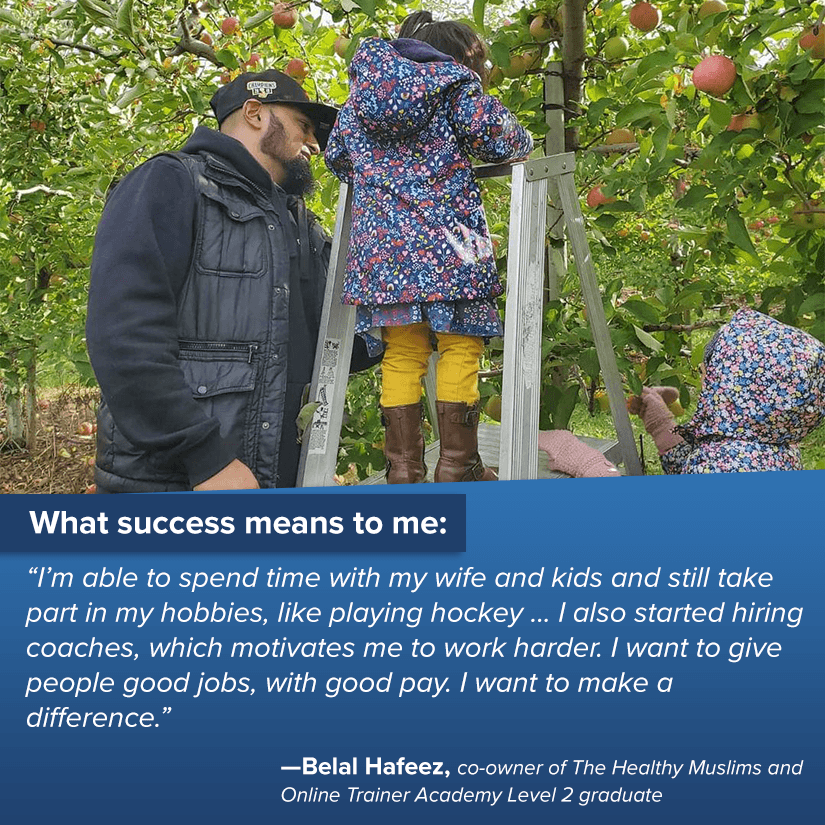
Make a schedule that works for you
All successful online trainers have a system for managing their time. Could be a software program, a desk diary, or just a notepad with a to-do list.
If it works, then it’s the best system for you.
CJ Gotcher of Barbell Logic in Oceanside, California, combines old- and new-school, using Canva software to design a day-planner template, then prints it at home and has it bound at an office supply store.
“Binding it has a feeling of finality to it,” he says. Knowing it’s his guide for an entire quarter forces him to create it thoughtfully. It doubles as his training log and task manager.
Making his own planner lets him customize, including space for reflection questions, and he expands sections when needed.
Kathrine Bright, an online personal trainer, ultramarathoner, and mother of two boys in Malvern, Pennsylvania, color-codes the time blocks in her desk planner—green for clients, orange for action items, yellow for her work, and pink for family time. “I can quickly see where my time is being spent and what the focus is for that day or week.”
Without a written schedule, she says, the swirl of obligations pulls you in all directions. “But if I plan my time effectively, things get done.”
Gym owner Jesus Acuña (Resilient Fitness, Tucson, Arizona) blocks off time slots for everything: planning, admin, family time, training. He also keeps a running to-do list and each day chooses the top three that need his attention. Whatever is not in the top three stays on the list and gets reassessed the next day.
Madden’s system is a simple checklist, with two categories:
-
- Nonnegotiable priorities that must be done
- Things that can be done if there’s time
“It helps me stay on track and on task,” Madden says.
A typical nonnegotiable task might be direct-messaging at least 10 people to start a conversation. Or post something on social media aimed at my ideal candidate. Lower-priority could be reading an article or working on a new program.
He’s his own boss, Madden explains, so a checklist “holds me accountable as if I had a boss breathing down my neck.” If something doesn’t get done, it immediately gets put on tomorrow’s list.

Control your focus
Your daily life—clients and calls and emails and family—means constant engagement and distraction. You need the opposite: disengagement and focus.
If you don’t take time (schedule it!) to be alone with your thoughts, you’re hurting your business.
This “me time,” alone time, sounds like a selfish luxury, but it’s not. It’s necessary for sanity and progress.
A book called Deep Work by Cal Newport had an impact on London-based trainer and nutrition coach Ayo Williams.
The subtitle is Rules for Focused Success in a Distracted World, and it convinced Williams to set aside two 60-minute windows, morning and afternoon, where he works with no distractions. No phone, internet, or other humans. Monday through Friday.
The result: The work he does in these “deep work windows” is better than anything he does at other times. And he gets it done faster, too.
“I have far more control over how I work,” Williams says, “freeing up time which I spend with the family, reading, catching up with friends, and genuinely unwinding.”
Focusing tricks don’t have to eat up time. Madden has a quick-hit head-clearer when he feels fuzzy: Every few hours, he takes a 10- or 15-minute break and walks around, or does some kind of movement to get his energy up.
Acuña uses time batching—he does all his messaging, emailing, and responding at the same time, rather than sporadically throughout the day—to ensure his full attention is always on whoever’s in front of him: kids, spouse, friends, or clients.
Hafeez, who starts his days with relaxed, unstructured time, relies on his headphones to focus during the day.
“I need to eliminate all distraction or else I drift into other stuff,” Hafeez says. Whether he’s doing business-related tasks or working out, music or a podcast “allows me to go deep into the task and I'm able to get a lot done in a very short period of time.”
Try it: Keep your earbuds handy and have a playlist that doesn’t distract you.
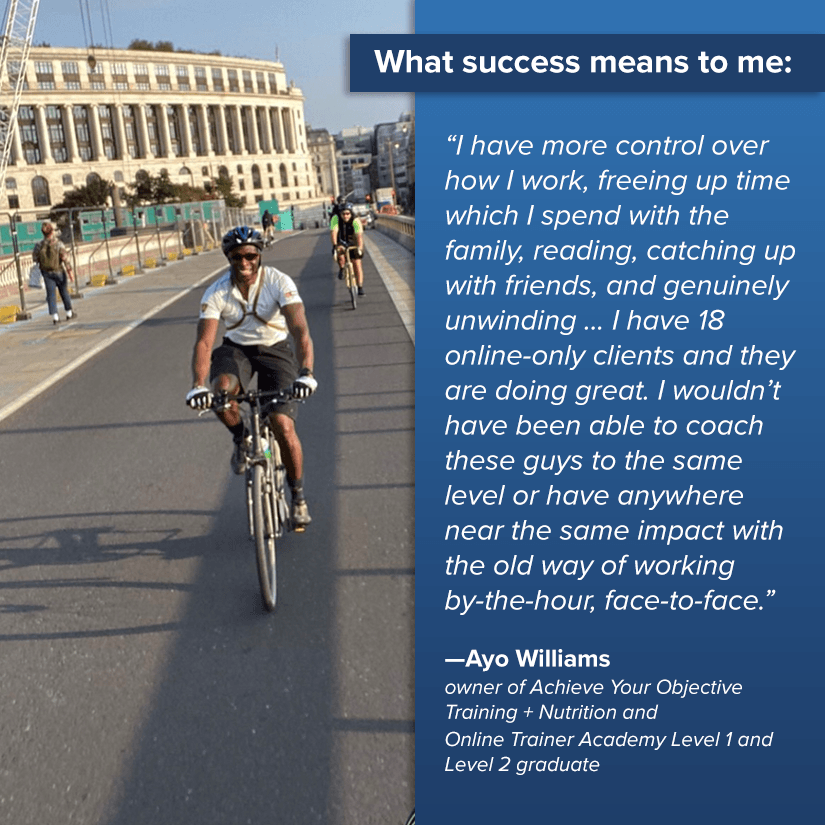
Don’t skip your workout
You knew this one already, right? It’s not surprising that every successful trainer manages to get their gym work in. What’s interesting is that it’s not just a physical need.
It’s a head-clearer. It’s for mental fitness.
Remember Kathrine Bright’s color-coded schedule? Her own workouts (runs and strength training) take priority.
Putting herself first “sets me up to think clearer and train clients more effectively.” She’s not inflexible, though—in a time crunch, she’ll shift her workout to something shorter, “keeping the emphasis on quality over quantity, and progress, not perfection.” But she won’t skip it entirely!
Williams’s workout is “always in the diary, and I stick to it as if I were my own client. It’s so easy to find an excuse to do something else ‘on the business’ or ‘for the client’ but missing training has a negative effect on everything. It adds structure, fun, and variety to my day. As well as the obvious endorphin rush!”
In short: “I’m always in a better mood after working out. Keeping it consistent means I’m the best version of me, more often.”
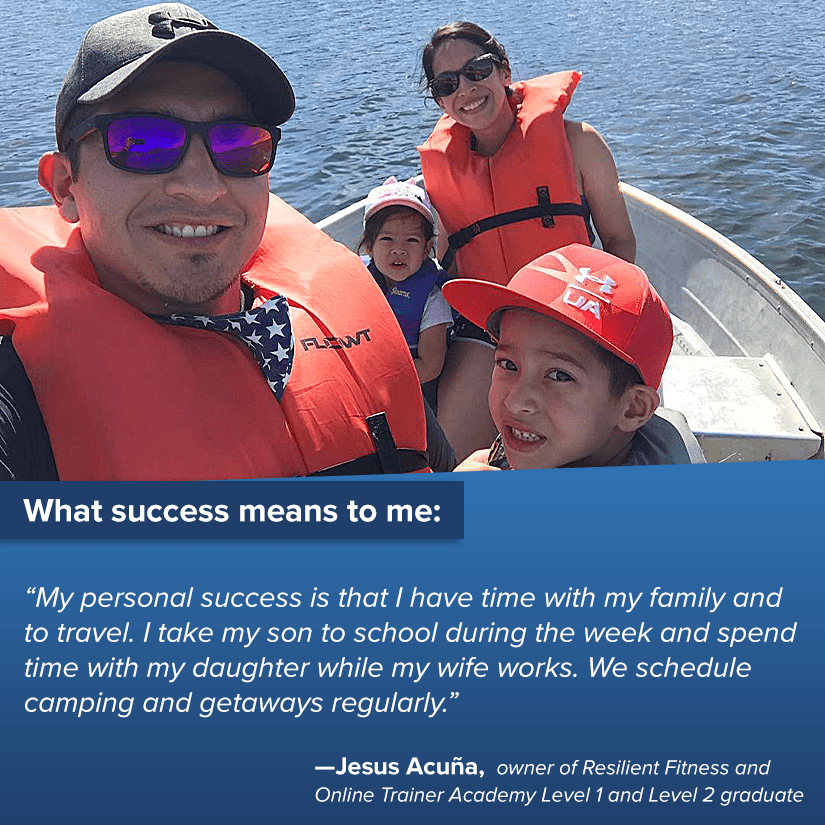
Be proactive with content creation
When you’re an online personal trainer, your content can make or break your business. But you don’t have all day to create it. So you need a system to make it more efficient.
Your entire life is potential material for your business. Things you read, see, hear, or just think of spontaneously (it happens!) can inform how you work with clients, or how you work out, or how you conduct your business.
So write this stuff down.
Gotcher has this down to a science.
He carries a small notebook everywhere, and has the Trello list-keeping software on his phone and computer. “Whenever an idea comes to me, or I feel the urge to respond or build on an idea in a book, podcast, social media post, or other inspiration, I capture it in Trello or write it down in my notebook to put in Trello later,” he says.
Then he sorts them into “Quick” (social media ideas, for instance) and “Deep” (concepts that require research that could lead to an article or coaching experiment).
They’re listed oldest to newest, and he’ll periodically scan the quick list and delete the ones that don’t “spark joy,” like a Marie Kondo of concepts. He still has so many entries that he never feels short of ideas.
“The ideas simmering on my back brain make for great conversation,” he says, as well as material for articles and course instruction.
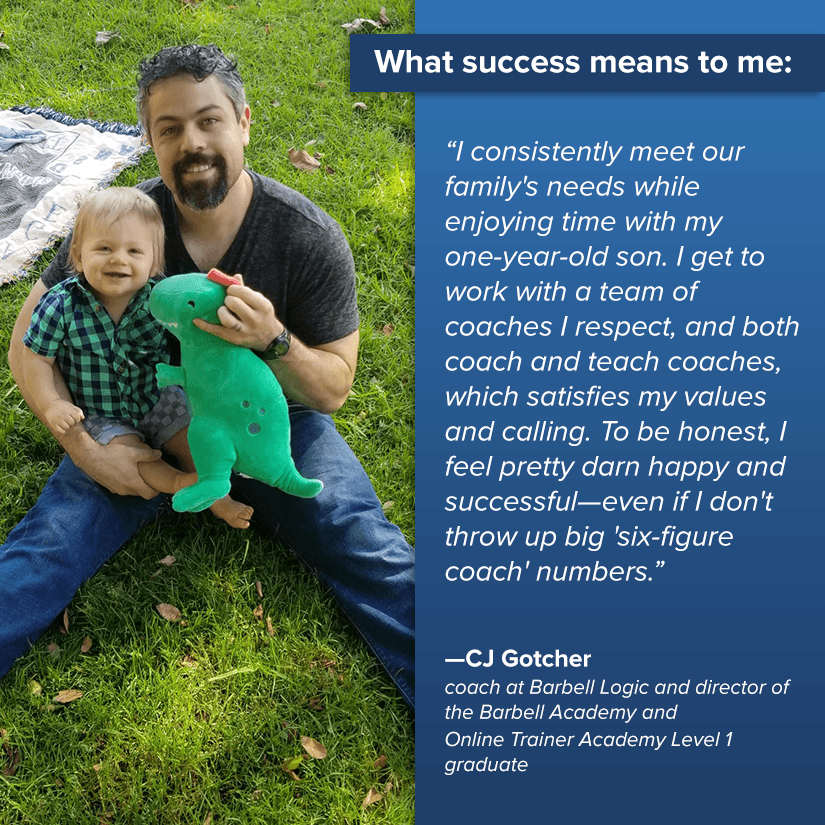
Aggressively protect family and personal time
Running an online coaching business isn’t easy. If you want a sustainable business that will thrive for years to come, you must avoid burnout. Begin by setting hard stops to working hours so you have plenty of time to relax, spend with family, or do hobbies.
On Bright’s schedule, that pink-shaded family time is sacrosanct. She tells clients she won’t respond to messages between 6 p.m. and 8 a.m. on weekdays, and from 3 p.m. Friday to Monday at 8 a.m.
Family was the reason Bright made the leap to personal training. She was burning out (100-mile round-trip commute) and didn’t want to miss school activities or family meals with her husband and two sons (six and nine).
Last year, as the lockdown descended, it all clicked, and she had a great year. “I already had online training systems in place and was able to seamlessly convert my in-person clients online as well as continue to attract new clients,” she says.
“I love controlling my time to be able to be the person I am, the mom and wife I want to be, and the business owner,” she says.
It might be the best incentive there is. The more organized, thoughtful and consistent you are in business, the more time you can spend with those you love.
“It doesn't matter how much I accomplished in a day,” Hafeez says. “If I didn't make time for my family, I don’t see it as a successful day.”
His daughters are five and three. “I never say no to a workout because I'm tired or busy, so I can’t say no to them.”
The reward for his strict schedule is, paradoxically, the freedom of time—time with his wife and children, and time for hobbies like hockey.
The trick: Schedule your family and personal time first.
“I make it a point to schedule myself ,” says Bright. “If I wait until everything else is scheduled, I’m less apt to put myself in because my schedule looks overwhelming.”
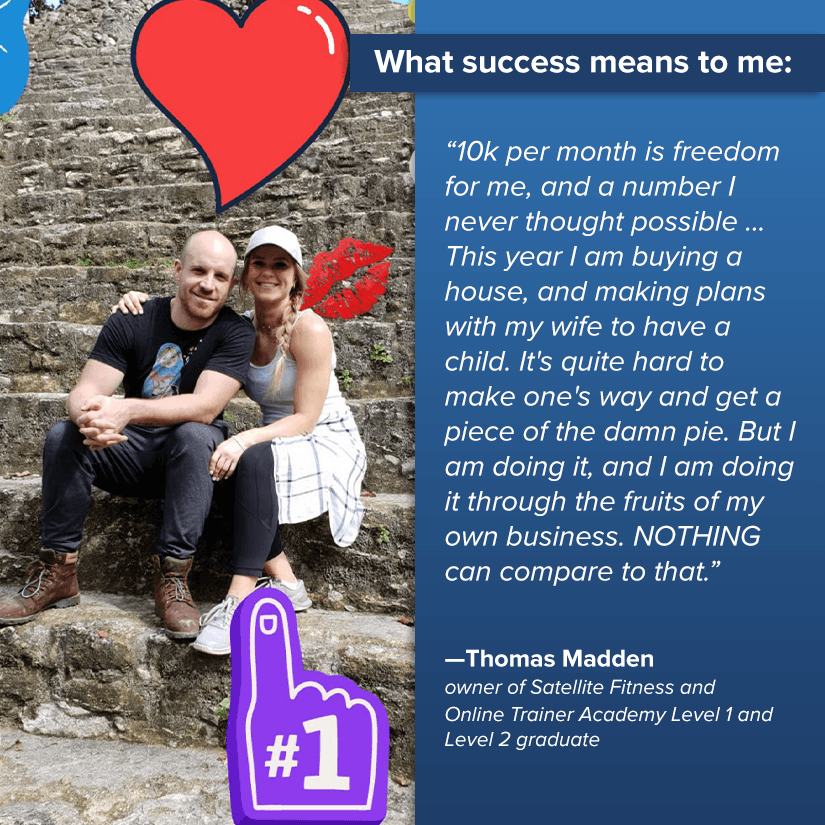
Establish a wrap-up routine
Controlling your time means knowing when to quit for the day.
Williams has a 20-minute “shutdown routine.” He finishes what he’s working on, replies to emails and messages, and plans for tomorrow.
“Messages are tight, brainstorming is swift,” he says, aware that it’s easy to procrastinate at that point.
“I make peace with the idea that nothing more will be done today,” he says. He’s able to be present with his family in the evening, and the shutdown routine helps him “start faster the morning after.”
And you’re all set with your morning routine, right?











